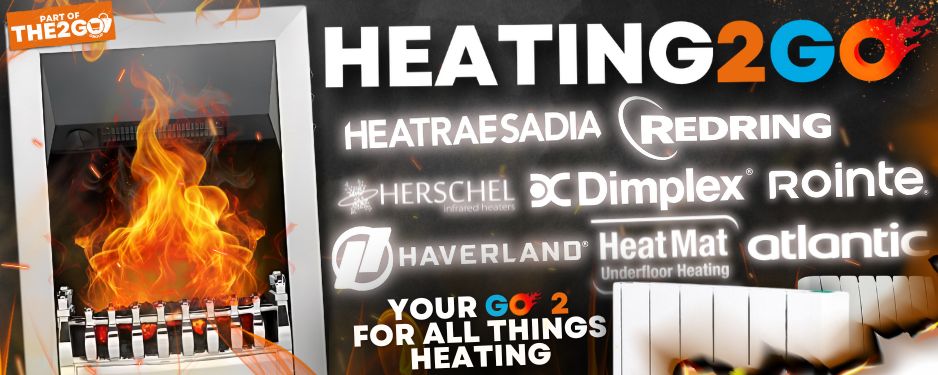Whilst installing a new heat only boiler today I thought why don't we have flow gauges, in litres per min, on the flow immediately after the pump and then on the return near the boiler?
This would allow us to see in real time the performance of the pump and the loss of flow around the system.
I've used a flow cup to measure water main performance and I've seen small gauges on underfloor heating pipe work but never seen one on flow and return pipe work.
This would allow us to see in real time the performance of the pump and the loss of flow around the system.
I've used a flow cup to measure water main performance and I've seen small gauges on underfloor heating pipe work but never seen one on flow and return pipe work.


